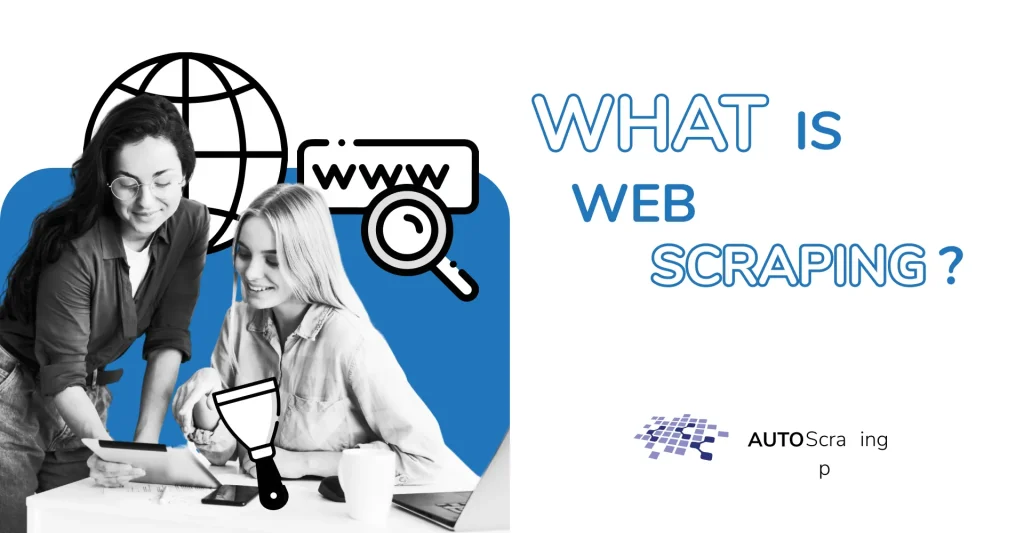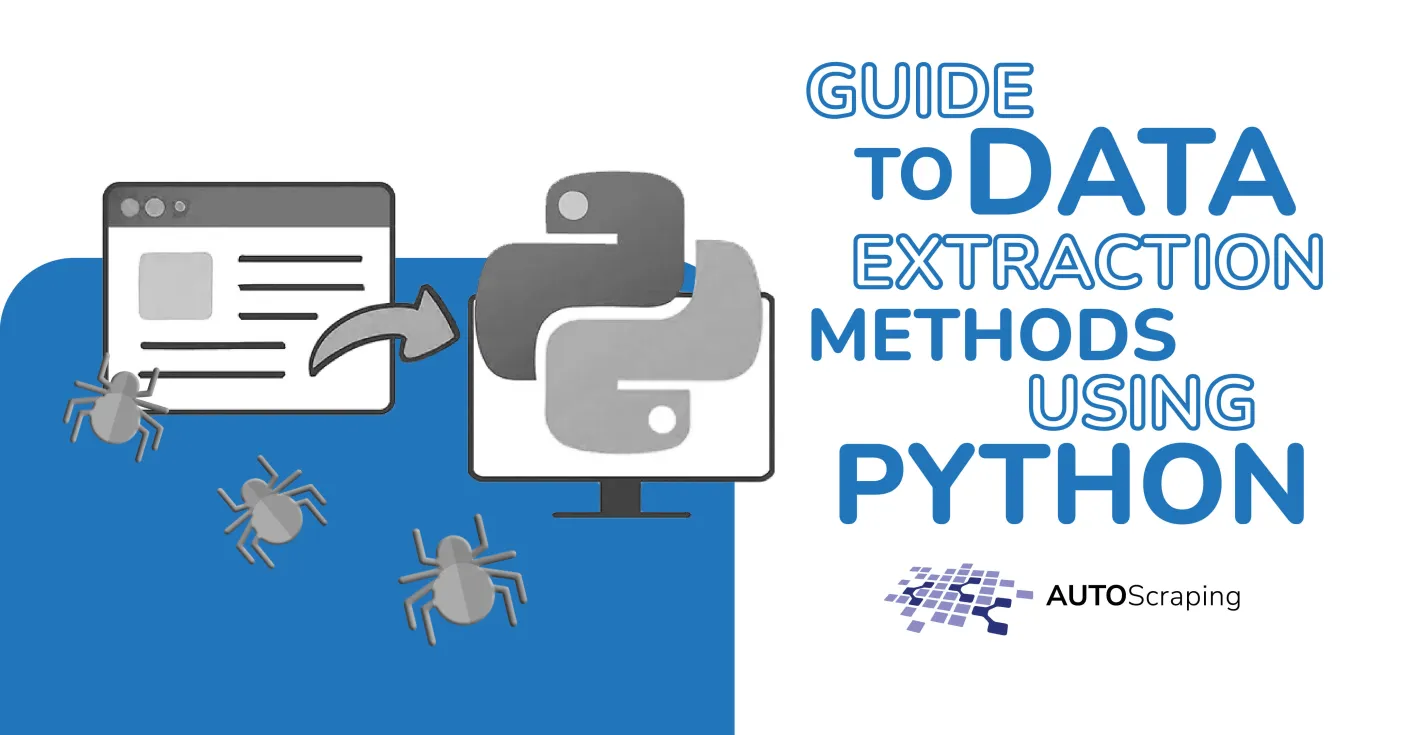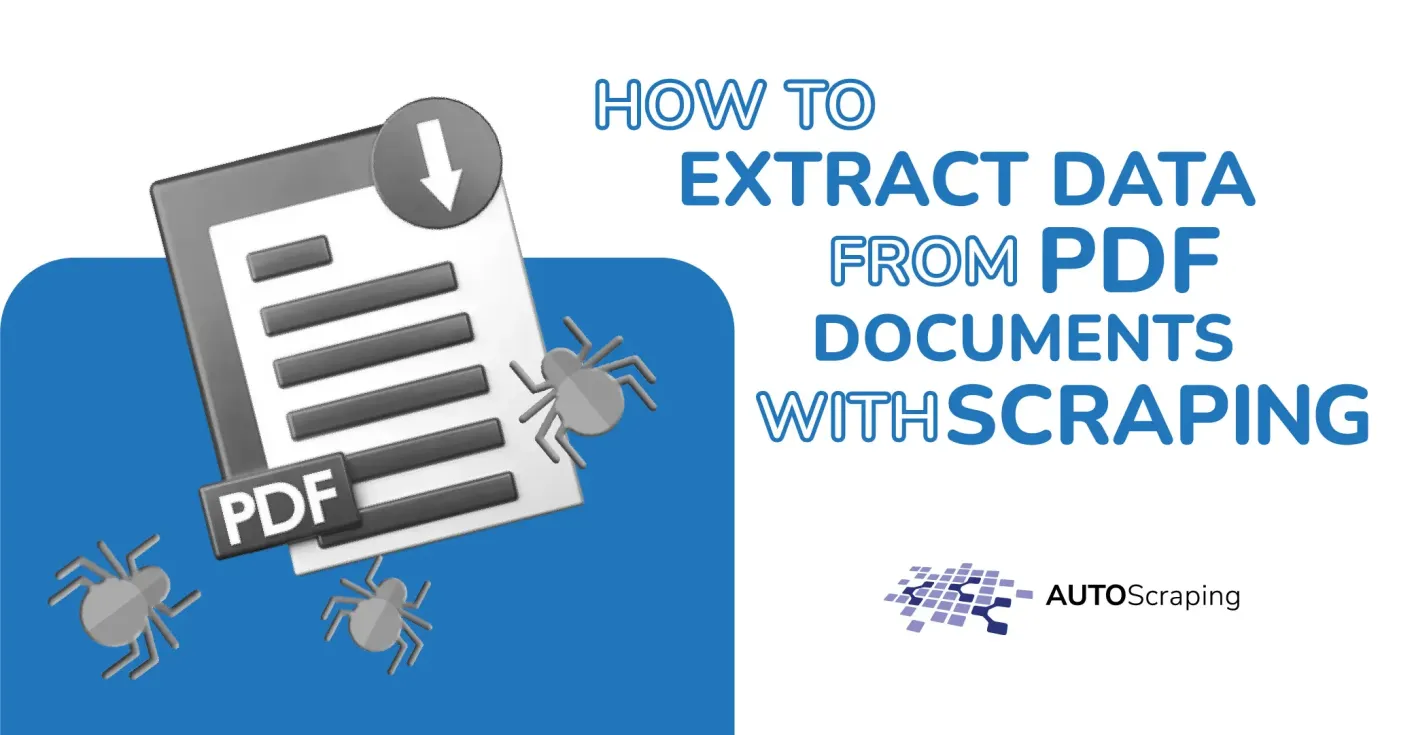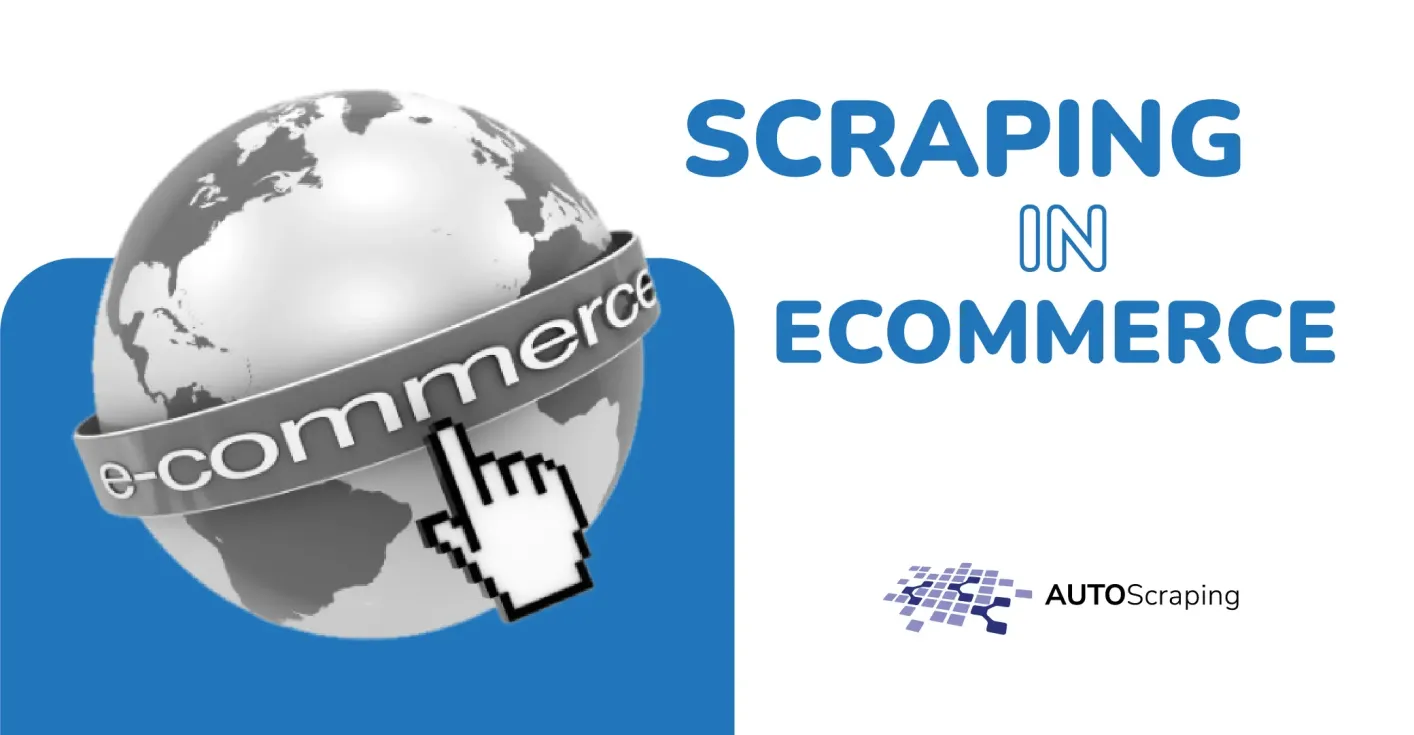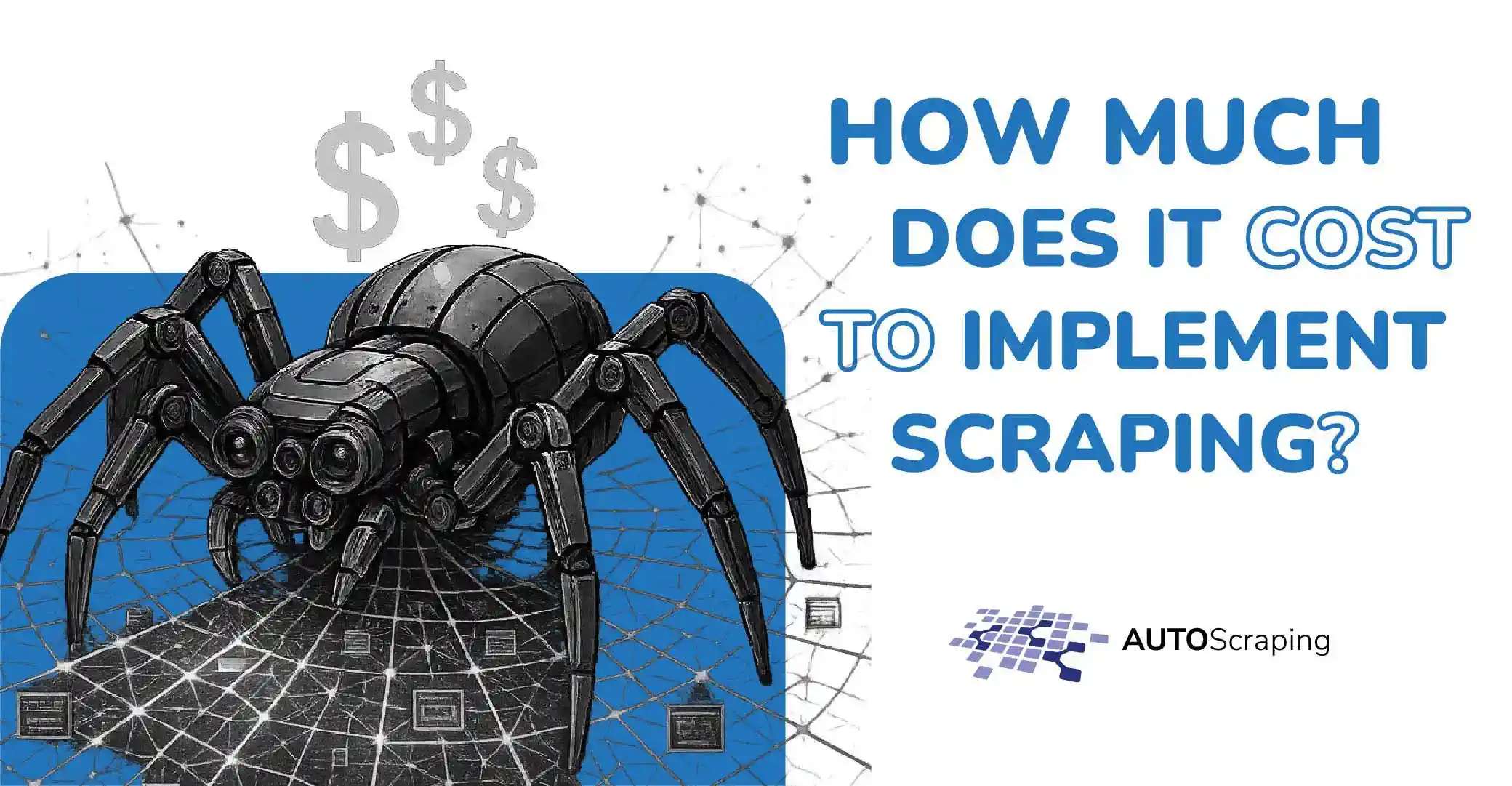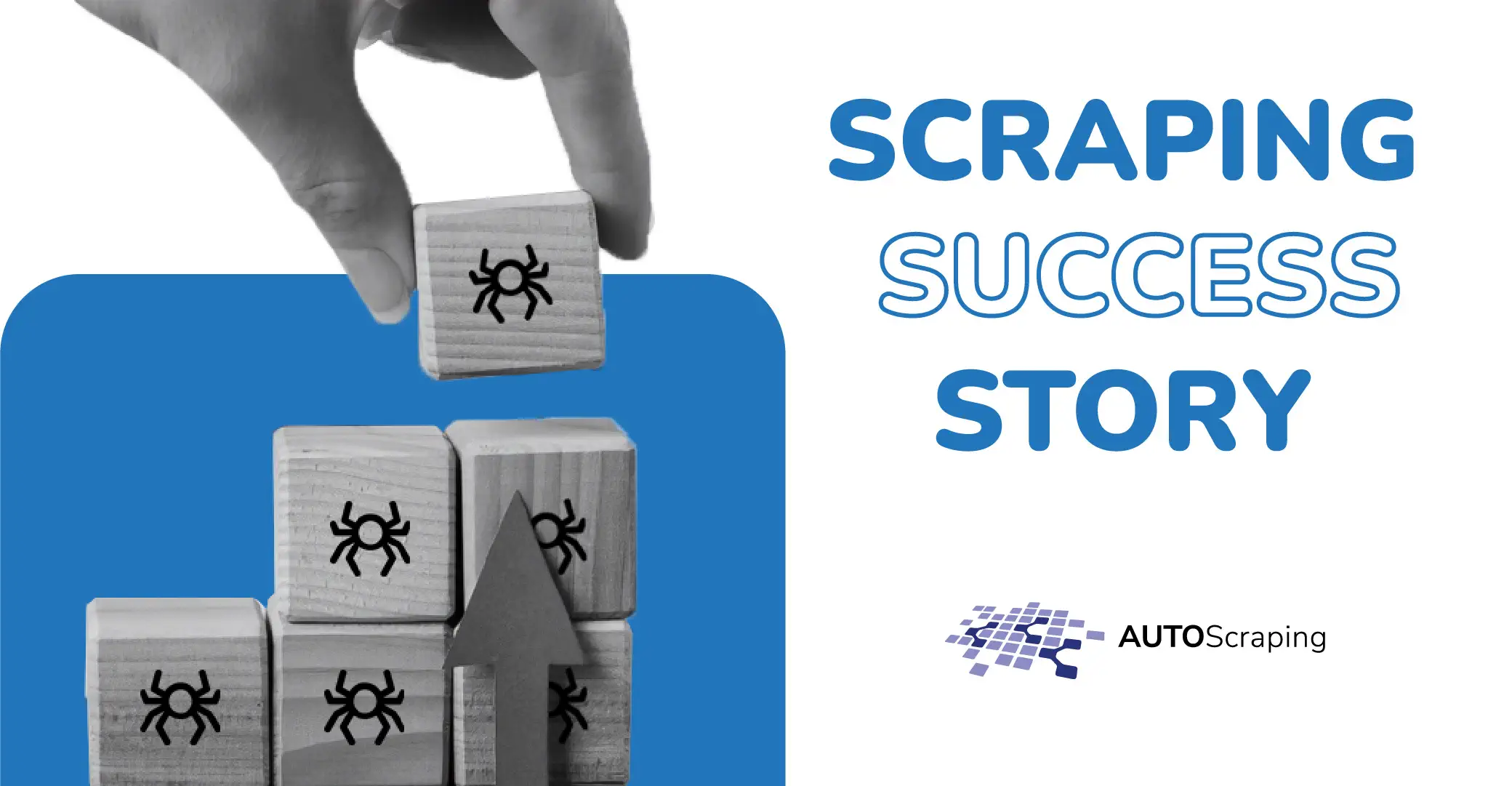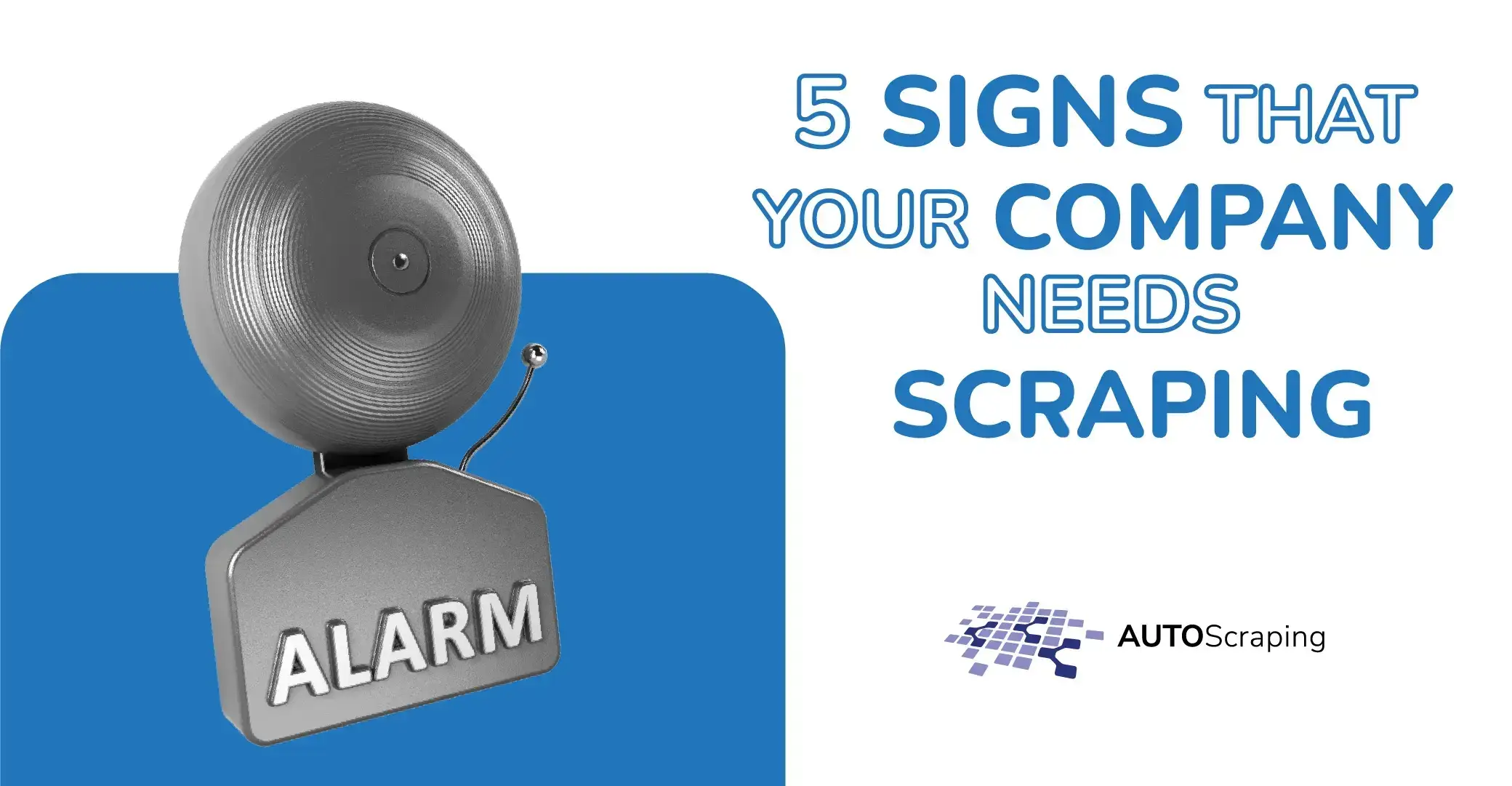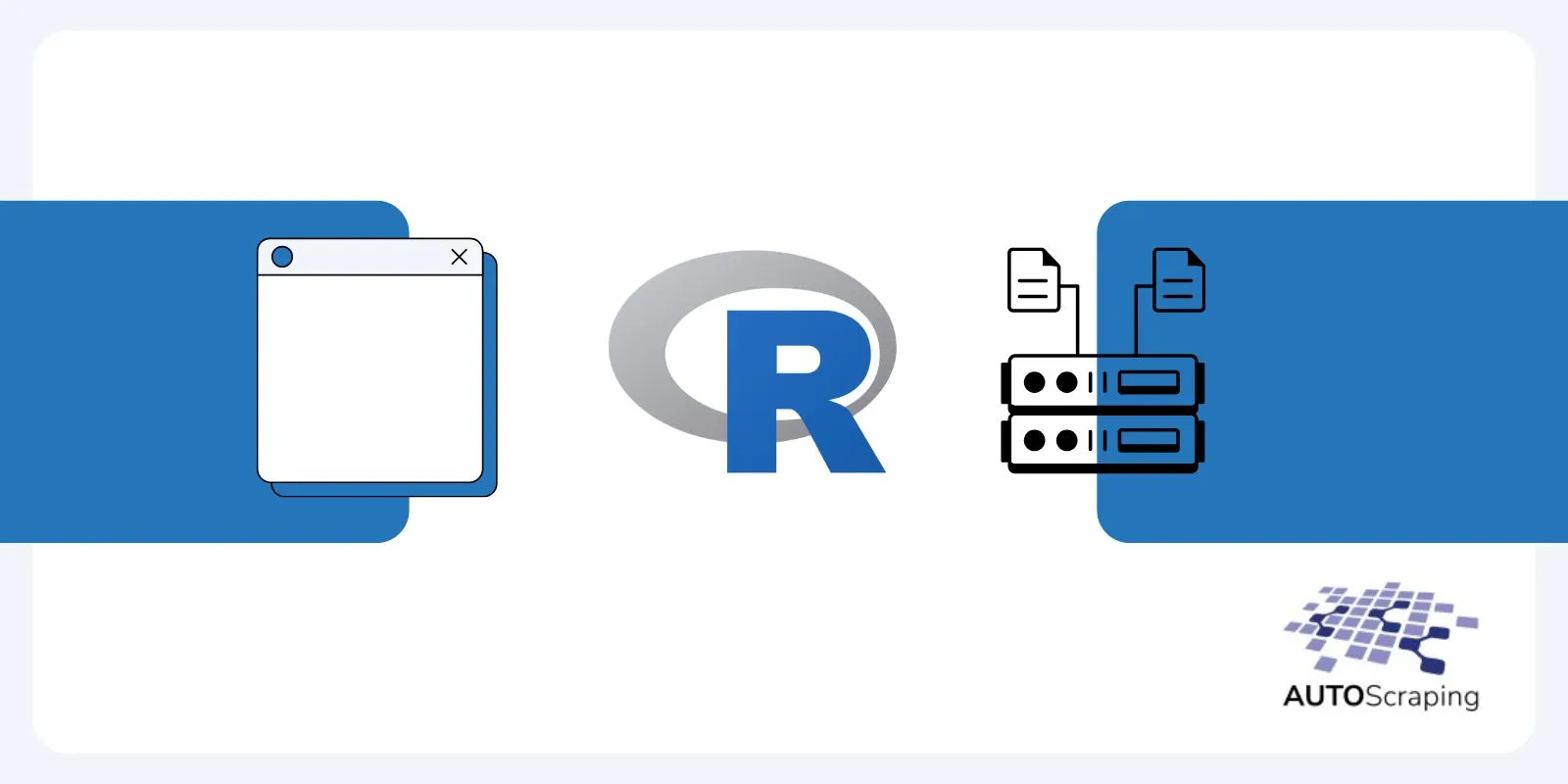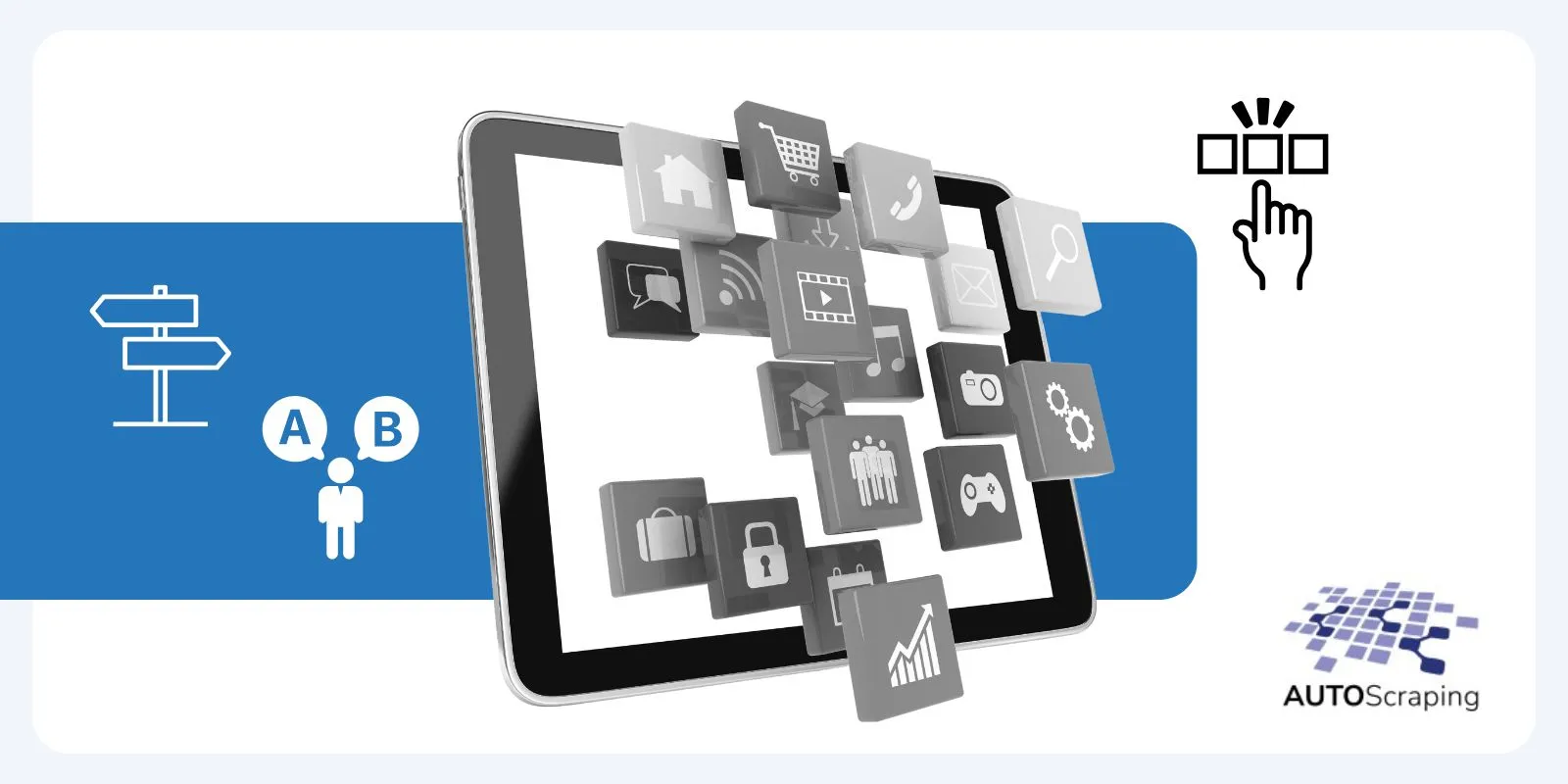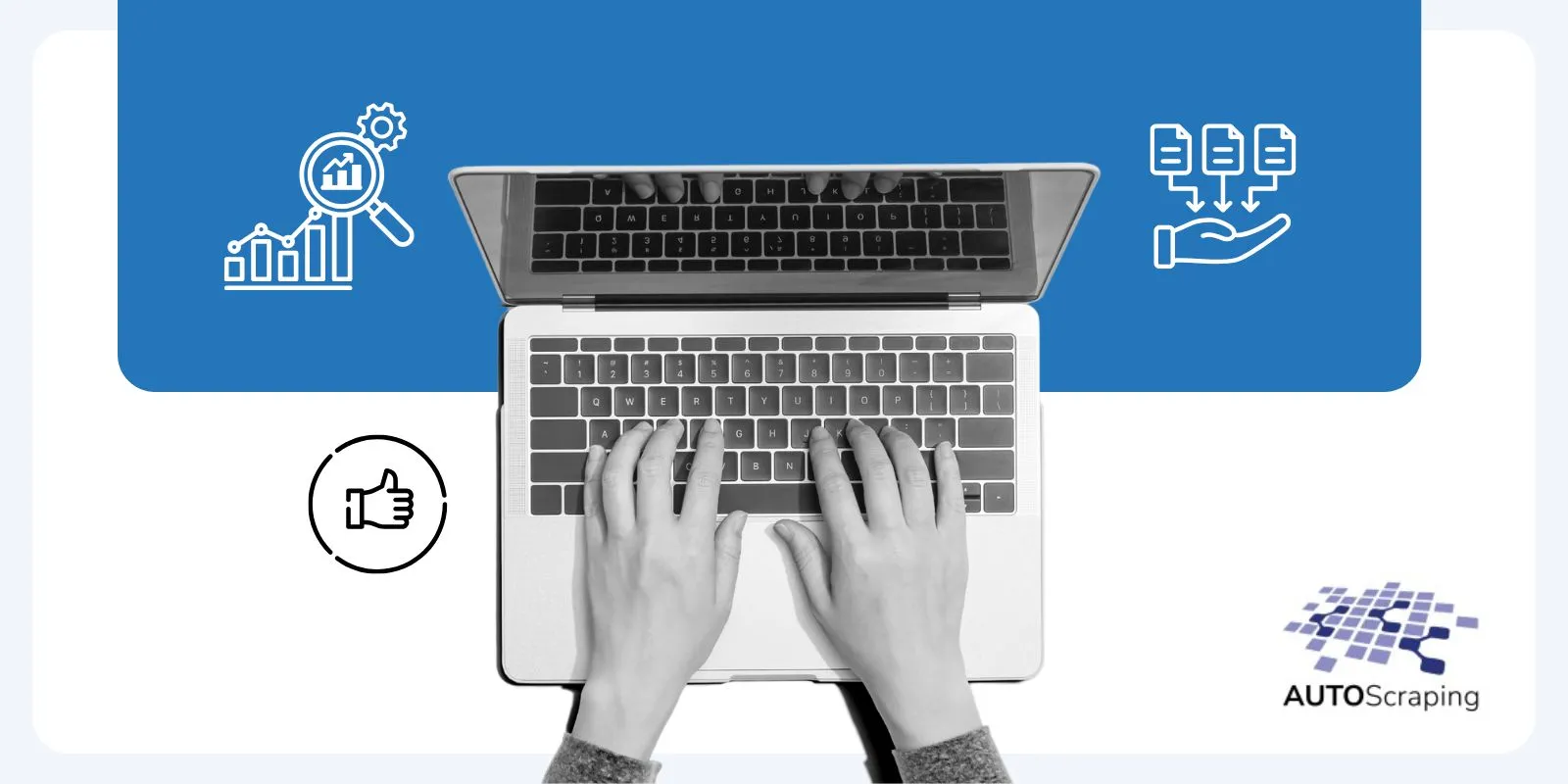Web scraping is the automated process of extracting large amounts of data from websites. It involves using tools or scripts to navigate web pages, identify the desired information, and retrieve it in a structured format, such as a spreadsheet or database. Web scraping is widely used across industries for various purposes, including market research, data analysis, and business intelligence.
Introduction to Web Scraping
Web scraping enables users to gather data from web pages quickly and efficiently. Instead of manually copying information from a website, a web scraper automates the process, saving time and reducing the risk of errors. The extracted data can then be used for various tasks, such as price comparison, lead generation, or content aggregation.
How Web Scraping Works
Web scraping typically involves sending HTTP requests to a website to access its HTML content. The scraper identifies specific elements within the HTML (like text, links, images, or tables) that contain the desired information. This data is then extracted and stored in a structured format for further analysis or processing. The process can be broken down into several steps:
- Sending a Request: The scraper sends a request to the website’s server to access its HTML.
- Parsing the HTML: Once the content is retrieved, the scraper parses the HTML to locate the data elements.
- Extracting the Data: After identifying the desired elements, the scraper extracts the data.
- Storing the Data: The collected data is stored in a structured format, such as CSV, JSON, or a database.

Common Use Cases for Web Scraping
Web scraping is a versatile tool used in various fields:
- Market Research: Companies scrape competitors’ websites to monitor prices, product availability, and customer reviews.
- SEO Analysis: Digital marketers use web scraping to analyze keywords, track rankings, and monitor backlinks.
- E-commerce: Businesses automate the process of extracting product details, prices, and user reviews from multiple e-commerce sites.
- Academic Research: Researchers collect data from online publications, forums, and other digital resources for studies.
- Lead Generation: Companies scrape contact information from directories or social media to generate leads.
Is Web Scraping Legal?
The legality of web scraping depends on several factors, including the website’s terms of service and the data being accessed. Generally, scraping publicly available information is legal; however, scraping data protected by copyrights or requiring user authentication can raise legal concerns. It’s crucial to respect a website’s terms of service and consider the following guidelines:
- Read the Terms of Service: Many websites specify if scraping is allowed in their terms of service.
- Avoid Scraping Personal Data: Laws like the GDPR in Europe prohibit the scraping of personal data without consent.
- Respect Robots.txt: This file specifies which parts of a website are accessible to bots.
Web Scraping Tools and Techniques
There are various tools and techniques available for web scraping, ranging from simple scripts to advanced software:
- Programming Libraries: Languages like Python offer libraries such as Beautiful Soup and Scrapy for writing custom scrapers.
- Browser Extensions: Tools like Web Scraper or Data Miner allow scraping directly from a browser.
- Automated Software: Platforms such as Octoparse or ParseHub offer user-friendly interfaces to automate scraping without coding.
- APIs: Some websites provide APIs that offer structured data access, making scraping unnecessary.
Benefits of Web Scraping for Businesses
Web scraping offers several advantages for businesses, including:
- Data-Driven Decisions: Companies can collect and analyze data to make informed decisions.
- Competitive Advantage: By monitoring competitors, businesses can adjust their strategies and stay ahead.
- Automation of Repetitive Tasks: Automating data collection saves time and reduces manual labor.
- Scalability: Web scraping allows businesses to gather data from multiple sources simultaneously.
Challenges and Risks of Web Scraping
While web scraping has many benefits, it also comes with challenges and risks:
- Website Blocking: Some websites detect scraping activities and block IP addresses.
- Data Quality Issues: The extracted data may be inconsistent or incomplete, requiring cleaning and processing.
- Legal Risks: Scraping without permission can result in legal action.
- Website Changes: When a website’s structure changes, the scraper may need to be updated to continue working correctly.

How AutoScraping Delivers Efficient Web Scraping Solutions
AutoScraping is a powerful tool that simplifies web scraping for businesses. It automates the entire process, from data extraction to data management, allowing users to focus on analysis rather than technical details. Key features of AutoScraping include:
- User-Friendly Interface: Designed for users without coding experience.
- Customizable Extraction Rules: Allows fine-tuning to ensure data accuracy.
- Data Integration: Seamlessly integrates with various formats and tools for easy data handling.
- Scalability: Capable of handling large-scale scraping projects.
What is web scraping used for?
Web scraping is used for data collection tasks such as market research, lead generation, SEO analysis, and e-commerce price monitoring.
Is web scraping illegal?
It depends on the website’s terms of service and data privacy laws. Scraping publicly available data is generally legal, but scraping private or protected data may not be.
Is web scraping a skill?
Yes, web scraping is considered a technical skill that involves programming knowledge and understanding of web technologies.
What is an example of a web scraper?
An example of a web scraper is a Python script using the Beautiful Soup library to extract data from a website’s HTML content.

